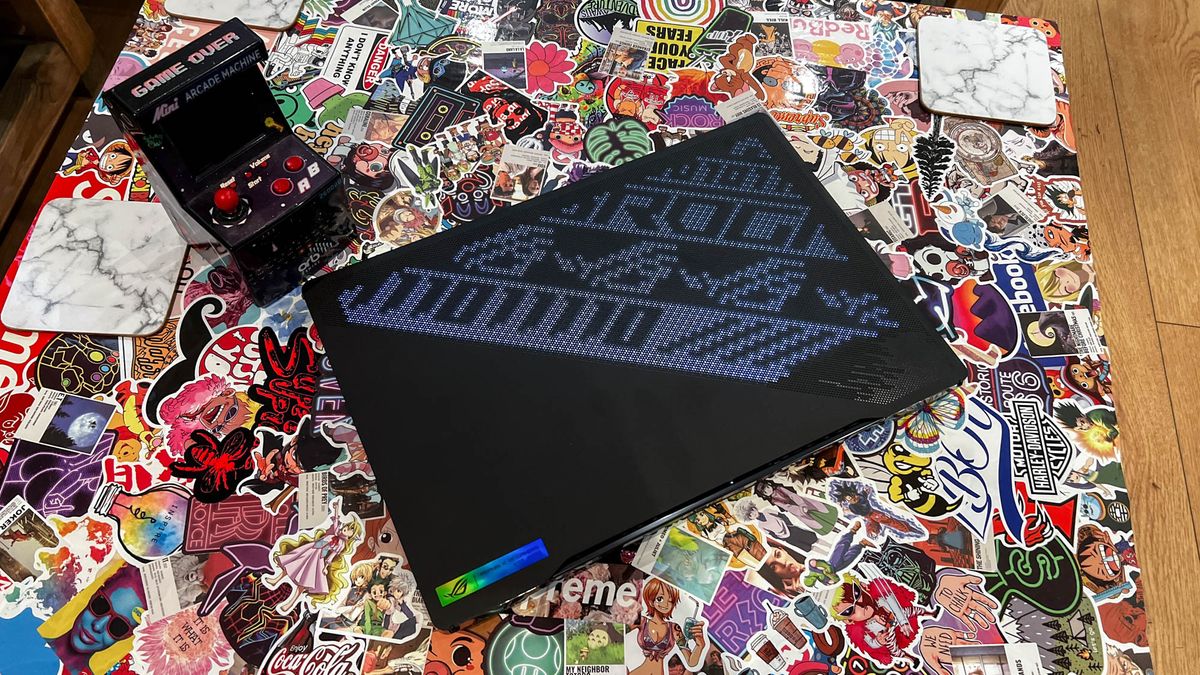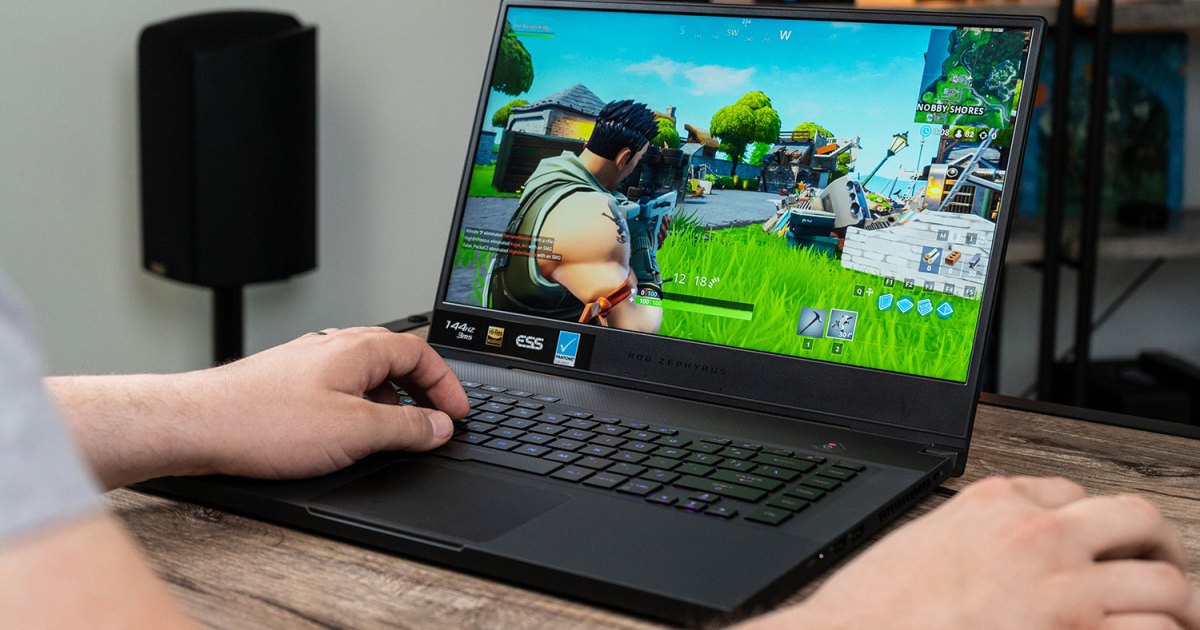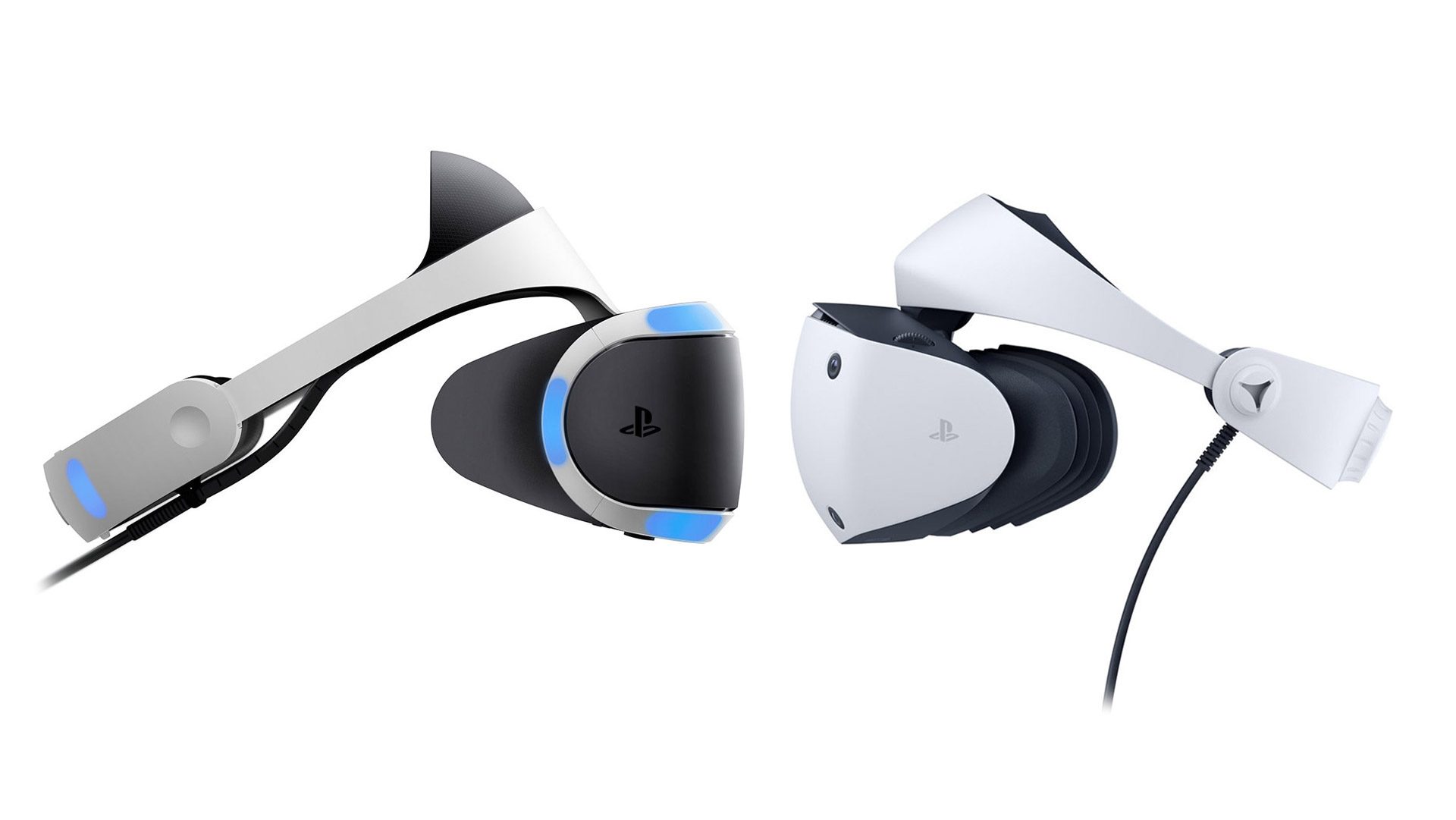MSI Titan GT77 HX review: Intel’s most powerful laptop chip, tested
/cdn.vox-cdn.com/uploads/chorus_asset/file/24416867/236522_MSI_Titan_GT77_MChin_0002.jpg)
Okay, now this is just ridiculous.
For those of you just tuning in, Intel announced an absolutely monstrous mobile processor back in January — the Core i9-13980HX with 5.6Ghz of turbo frequency, 157 watts of maximum turbo power, and 24 cores (eight performance, 16 efficiency). It is, on paper, the most powerful laptop CPU in history. So, naturally, I had to get my hands on one.
I’m writing this to you live from the MSI Titan GT77 HX. This is an absurd device. It’s got a 17.3 inch 144Hz Mini LED screen. Inside are a GeForce RTX 4090, 2TB of storage, and 64GB of memory. If anything can display Intel’s flagship processor at its finest, it’ll be this gigantic thing. Micro Center currently has it listed for, you know, just $4,699.99, a very reasonable and normal price to pay for a computer.
But let me tell you — I deeply envy the 11 people who are going to buy this because the chip inside it is an absolute beast. And here’s what’s most surprising: The battery life, while not what I would call “good,” was better than I expected it to be.
Benchmark results
These are some of the best gaming results you’ll see from any laptop. In particular, I want to draw your attention to that CS:GO score. CS:GO score is a particularly CPU-heavy title, and this laptop scored higher than I’ve ever seen a laptop score on that before by a solid margin. I mean, 574 frames per second is just hilarious.
To see how much this CPU is adding to the conversation, you can compare the Titan to the recently announced Razer Blade 16. The model of that laptop I just reviewed includes the same 4090 GPU with a very slightly less powerful Core i9-13950HX. The Titan displayed some form of increase on most settings that we ran.
On Cinebench, the Titan scored a 2,098 on single core and a 28,479 on multicore. Those are far and away the highest scores I’ve ever seen from any machine, laptop, or desktop that I’ve ever run that test on. So if you were waiting for confirmation, this chip is a monster.
How that raw power translates to the real world will depend on your use case. The Titan took two minutes and 53 seconds on our 4K video export test and scored an 1,124 on PugetBench for Premiere Pro. Those are fine results, but they show how gaming-oriented the system is. If you want a device primarily for video work — and I’m not sure I ever expected to be typing this sentence in my life — you will actually save money by going for a 64GB / 2TB MacBook Pro with M2 Max, which did better on our Premiere tests.
And then the biggest surprise of the day. Battery life: surprisingly okay. I averaged five hours and seven minutes to a charge using this device as my primary driver, which entailed working in around 20 Chrome tabs, very light photo work, and some occasional Spotify streaming overtop. You know what? I’ll take it.
I’d expected this device’s battery life to be around nine minutes, so five hours well exceeds my expectations. The Titan’s size allows for a massive 99.9Whr battery, of course, but I’m still happy to see that the 16 efficiency cores built into this CPU seem to be pulling their weight. (This was done with the RTX 4090 GPU disabled, of course — I wouldn’t expect you’ll get this result with that chip running at full speed.)
The chip and its power are the main attraction of the Titan GT77 HX, but if you’re curious about the laptop itself, here are a few things to know about it.
- I’m obsessed with this keyboard. The Titan has a Cherry MX Ultra Low Profile mechanical keyboard with two-piece keycap structure and “cross-point contact system.” I do not exaggerate when I say that it is my favorite laptop keyboard I’ve ever used. The keys have a perfect actuation point with just the right amount of click. I easily hit my normal typing speeds with an accuracy rate that I don’t think I’ve ever achieved on a typing test before. I’d love to have a keyboard like this in my daily process, and I wish more manufacturers went for it. I’m typing this now on a Razer Blade, having recently moved over from the Titan, and I just feel sad. One caveat: the arrow keys and number pad don’t use mechanical switches, which may feel inconsistent during gaming.
- It’s flashy and bold. If you’re looking for a product that people will turn to stare at as they walk by, this is the one. The keyboard, back vents, and lid logo are all full of RGB. It’s also a large device, at just over 0.9 inches thick and 7.3 pounds. In today’s laptop market, that’s about as thick and heavy as they come. Carry this anywhere, and people will notice, is what I’m saying. Oh, and the 330W adapter is truly gigantic — like, the size and weight of a hefty book. (It only charged the Titan up to 49 percent in 60 minutes, which was slower than I’d hoped, considering the size.)
- The display is a dream. The 144Hz 4K Mini LED screen on my test model is exceptional. It achieved a whopping 885 nits of brightness, which means you shouldn’t have issues seeing your games in any indoor or outdoor setting. I only needed to keep it between 20 and 30 percent brightness during my day-to-day work. Given that many prominent gaming laptops are… not the brightest, that’s an impressive spec to see. Between that brightness, the deep blacks and vivid colors that the Mini LED provides, the 144Hz refresh rate, and the 4K resolution, this is undoubtedly one of the best screens — if not the best screen — that you can get on a gaming laptop right now.
- The chassis is solid. Build quality is excellent, with very little flex in the keyboard or screen. It has all the ports you need, including Thunderbolt 4, HDMI, ethernet, and an SD card reader.
There are two downsides to note. For one, it’s a fingerprint magnet (though the smudges are easier to wipe off than they tend to be on Razer Blades). It’s also quite loud. I mean, I don’t imagine that anyone’s buying a laptop that’s literally called the “Titan” and expecting it to be subdued and stealthy. But yes, to confirm, the GT77 HX’s fans are quite audible when running at full speed.
Finally, I do have to come back to the price here. When a device is several hundred dollars more expensive than a similar MacBook Pro (a laptop widely critiqued as an inaccessible luxury), giving buying advice about it feels almost unnecessary. Rather, we can view this device as a fantasy — a look at gaming technology at its marvelous, once unattainable peak.
If you’re looking for a 17 incher with a high-resolution screen and cool-looking lights but find the Titan a bit out of your price range, a 4K version of Alienware’s x17 is currently going for well over $1,000 less than this Titan unit. Those looking for something more compact might instead try the UHD 144Hz Razer Blade 17 (currently $3,499.99), which has a colorful (but more subdued) keyboard. These are still expensive laptops, to be sure, but they’re quite a bit closer to the ground.
Photography by Monica Chin / The Verge






